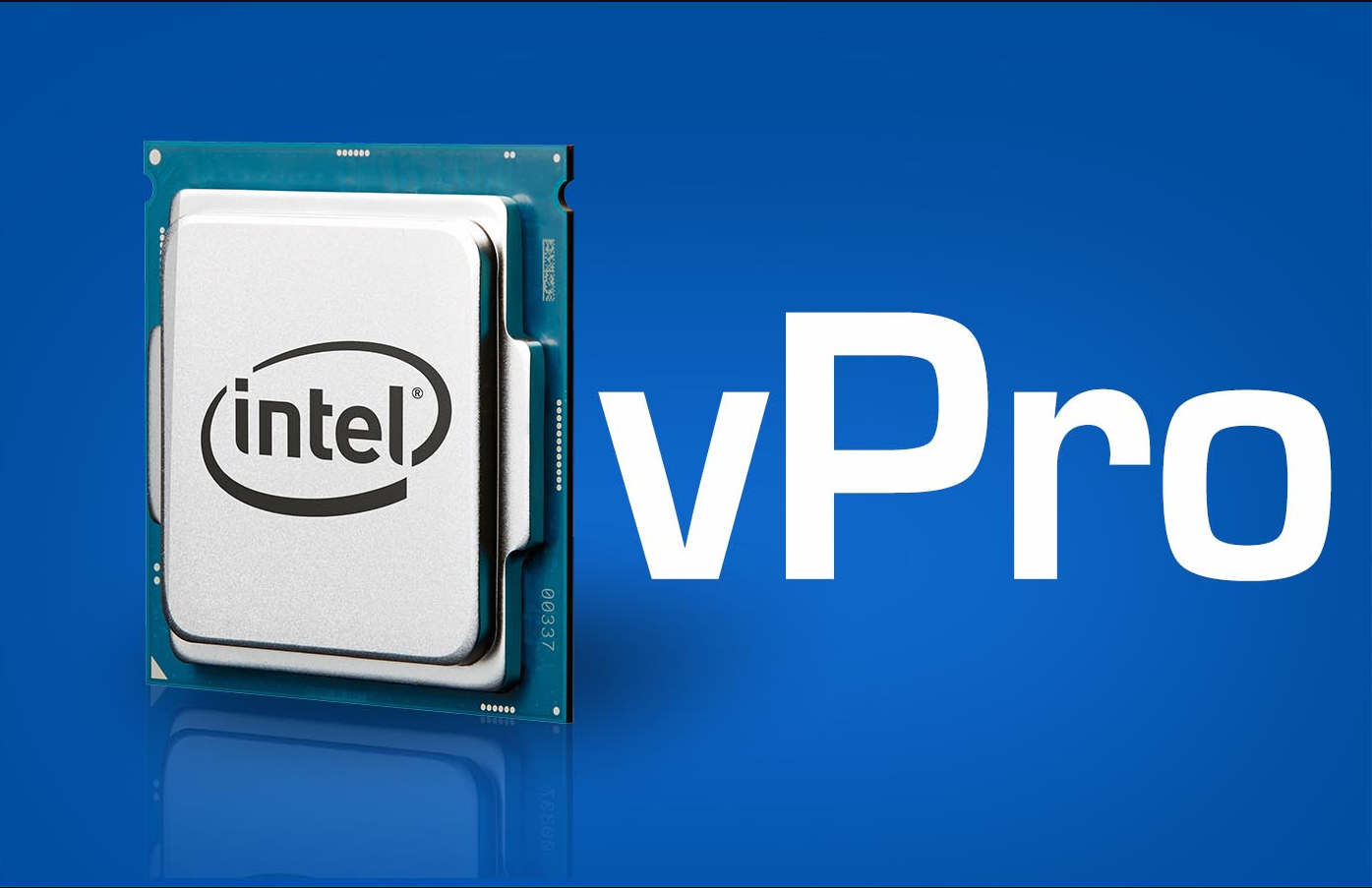
5 Ways Data Centers Can Optimize Storage Solutions Environment
- Oct 15, 2024
- | 82
The average size of a data center is 100,000 square feet. Data centers need to reconsider how they store all of the data they produce because of the dramatic annual increase in global data creation. It won't be enough to just build additional locations or enlarge the current facilities.
As the volume of data increases exponentially, data centers must further optimize their storage solutions to maintain cost-effectiveness, performance, and efficiency. Fortunately, manufacturers of storage equipment are adopting new technologies to help data center storage solutions improve performance without necessarily growing.
This article will examine five practical tactics that data centers can use to improve their capacity for storage and guarantee smooth operations.
Ways Data Center Can Optimize Storage Environment
It is not the most eco-friendly solution to add more drives to store more data. After all, data centers use 1% of the electricity produced worldwide.
Here are five strategies to boost storage capacity and enhance performance for managing more data in the future.
1. Implement Tired Storage Design
One of the best ways to enhance storage solutions is to use a tiered storage design. With this method, data is categorized according to its retention needs and frequency of access and then stored on various storage tiers per those categories.
- High-performance storage (HPS) is utilized by transaction processing apps and active databases for regularly accessed data that demand high throughput and low latency.
- All-flash arrays (AFAs): Provide outstanding scalability and performance, which makes them perfect for high-demanding tasks like big data processing and analytics.
- Nearline storage: Designed for data that needs to be kept for long periods but is not commonly accessed, like backups and archives.
- Cloud storage: Cloud storage provides large datasets with scalable and reasonably priced storage options; it is frequently utilized for data lakes and cold storage.
Data centers can minimize expenses, enhance performance, and maximize storage utilization by judiciously allocating data among various levels.
2. Software-Defined Storage
Software-defined storage (SDS) is all about utilizing the power of software to get more out of the underlying hardware, much like software-defined WAN (SD-WAN). SDS assists in aggregating and abstracting data at both logical and physical levels. This makes more flexibility possible.
Certain SDS solutions combine with the hypervisor to virtualize and abstract the entire storage system.
Since many hardware vendors also make investments in storage software, you don't need to search elsewhere for SDS solutions. These solutions eliminate complexity and compatibility issues by seamlessly integrating with the underlying storage technology. Nevertheless, avoiding vendor lock-in is SDS's primary benefit.
SDS also has the important benefit of automating numerous small but important storage chores and adhering to rules.
3. Create Well-Defined Policies
Storage guidelines are a crucial component of data administration. Apart from its critical security role, a well-designed data storage policy can improve infrastructure performance. Data centers can implement optimization methods across the board by having well-defined storage regulations.
They stand to gain from aligning the policy with overarching business objectives by basing performance enhancements on business requirements. Likewise, for data centers spread across various global regions, a single storage policy can guarantee that storage architecture, security, and performance are consistent across all sites.
- Establish a regular routine for reviewing the policy annually or semi-annually in addition to creating it.
- This will allow you to adopt best practices and address any concerns that can arise as storage scales
4. Data Lifecycle Management
Data lifecycle management (DLM) is a systematic approach to managing data from creation to destruction. Data centers can minimize risk, enhance data governance, and maximize storage use by putting in place efficient DLM rules.
- Sorting data according to its value, sensitivity, and retention needs is known as data classification.
- Data retention: Determining the appropriate duration of data retention.
- Data migration is the process of transferring data across several storage tiers in accordance with retention and access criteria.
- Data deletion: The secure and safe removal of data that has reached the end of its useful life.
Data centers can save money on storage by identifying and removing superfluous data with the use of DLM, which also frees up valuable storage space.
5. Server Solutions for Data Center Storage Optimization
Server solutions are essential for optimizing data center storage. Storage performance, scalability, and efficiency can all be increased in data centers by choosing the appropriate server hardware and software.
- Storage area networks (SANs): Offer servers and applications specialized, high-performance storage.
- Network-attached storage (NAS): NAS offers a more adaptable and affordable storage solution and is frequently used for information sharing and collaboration.
- Hyperconverged infrastructure (HCI) lowers costs and simplifies management by combining networking, storage, and compute resources into a single, integrated platform.
In The End
In today's data-driven world, data centers face a fundamental challenge: optimizing storage options. By implementing strategies like tiered storage design, data lifecycle management, and suitable server solutions, data centers can increase storage efficiency, save expenses, and ensure the availability of critical data.
Data centers can put themselves in a successful position for the digital era by making investments in storage optimization.
Read more: How Can You Optimise Your Enterprise Storage Infrastructure?





6.jpg)